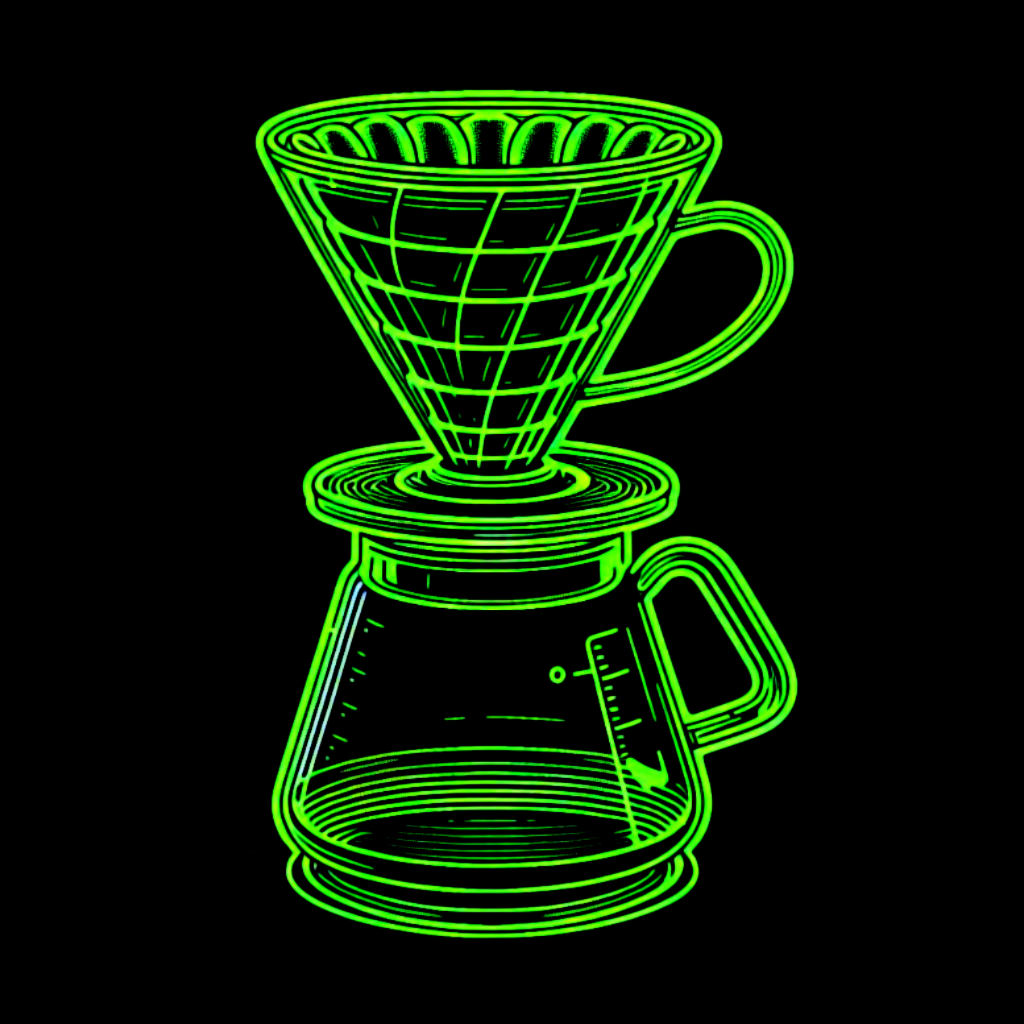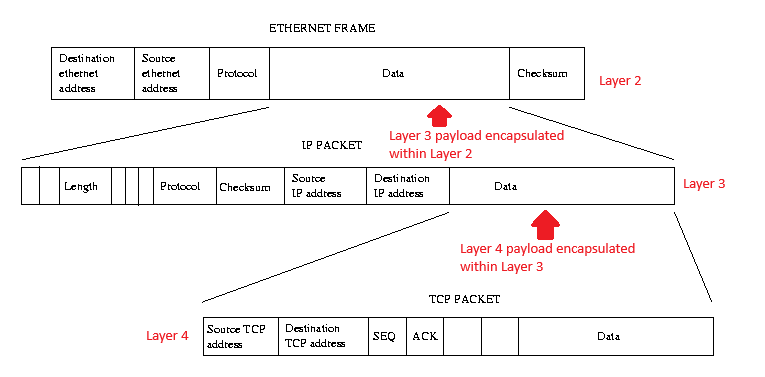Computer Networking: Encapsulation and Decapsulation
TCP/IP Model vs. OSI Model
TCP/IP Model
The sender sends from Layer 4 down to Layer 1
The recipient receives on Layer 1 up to Layer 4
TCP/IP was developed in the 1970s, and has four layers
_____________________________________
| |/////////////////////////| ^ |
| | |-------------------------| R | |
| | | 4 | APPLICATION | E | |
| | S |_____|___________________| C | |
| | E | 3 | TRANSPORT | I | |
| | N |_____|___________________| P | |
| | D | 2 | INTERNET | I | |
| | E |_____|___________________| E | |
| | R | 1 | NETWORK | N | |
| | |_____|___________________| T | |
| V |/////////////////////////| | |
'-------------------------------------'Example shows how multiple segments of networking data are nested to form a complete Ethernet frame
https://tldp.org/LDP/tlk/net/net.html
OSI Model
The sender sends from Layer 7 down to Layer 1
The recipient receives on Layer 1 up to Layer 7
OSI was developed in the 1980s, and has seven layers
Computer networking is a complex topic, with many technologies, parts, and protocols that make all the magic happen.
By breaking up the many parts of computer networking into more layers, we are abstracting the problem into smaller chunks. And, breaking a problem into smaller chunks makes it much simpler to engineer solutions and fix issues as the needs arise.
_____________________________________
| |/////////////////////////| |
| | |-------------------------| ^ |
| | | 7 | APPLICATION | | |
| | |_____|___________________| | |
| | | 6 | PRESENTATION | R | |
| | S |_____|___________________| E | |
| | E | 5 | SESSION | C | |
| | N |_____|___________________| I | |
| | D | 4 | TRANSPORT | P | |
| | E |_____|___________________| I | |
| | R | 3 | NETWORK | E | |
| | |_____|___________________| N | |
| | | 2 | DATA LINK | T | |
| | |_____|___________________| | |
| | | 1 | PHYSICAL | | |
| V |_____|___________________| | |
| |/////////////////////////| |
'-------------------------------------'
